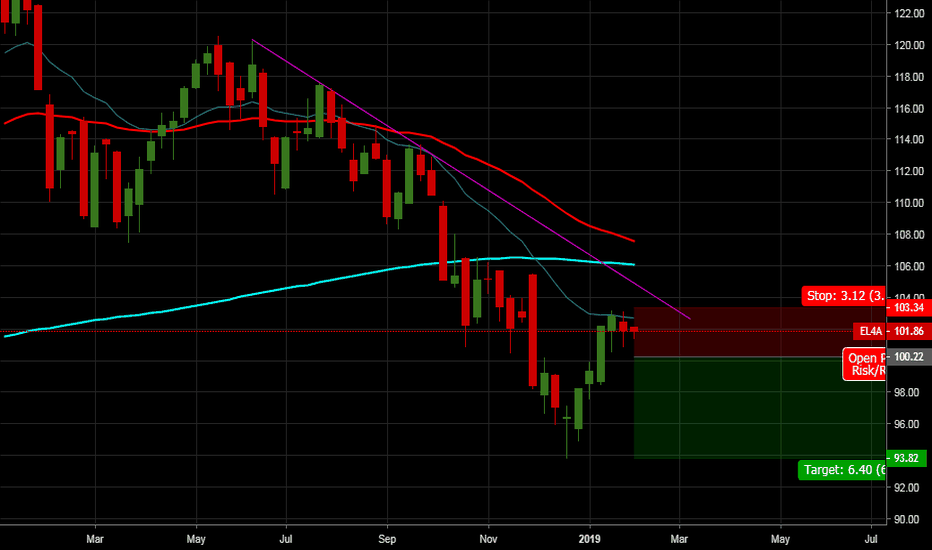Key stats
About DEKA DAX UCITS ETF
Home page
Inception date
Mar 14, 2008
Structure
German Index Fund
Replication method
Physical
Dividend treatment
Capitalizes
Primary advisor
Deka Investment GmbH
ISIN
DE000ETFL011
Der Deka DAX UCITS ETF ist ein passiv gemanagter brsengehandelter Indexfonds (Exchange Traded Fund, ETF).
Related funds
Classification
What's in the fund
Exposure type
Finance
Producer Manufacturing
Electronic Technology
Technology Services
Stock breakdown by region
Top 10 holdings
Displays a symbol's price movements over previous years to identify recurring trends.
Frequently Asked Questions
An exchange-traded fund (ETF) is a collection of assets (stocks, bonds, commodities, etc.) that track an underlying index and can be bought on an exchange like individual stocks.
EL4A assets under management is 1.67 B EUR. AUM is an important metric as it reflects the fund's size and can serve as a gauge of how successful the fund is in attracting investors, which, in its turn, can influence decision-making.
Since ETFs work like an individual stock, they can be bought and sold on exchanges (e.g. NASDAQ, NYSE, EURONEXT). As it happens with stocks, you need to select a brokerage to access trading. Explore our list of available brokers to find the one to help execute your strategies. Don't forget to do your research before getting to trading. Explore ETFs metrics in our ETF screener to find a reliable opportunity.
EL4A invests in stocks. See more details in our Analysis section.
EL4A expense ratio is 0.15%. It's an important metric for helping traders understand the fund's operating costs relative to assets and how expensive it would be to hold the fund.
No, EL4A isn't leveraged, meaning it doesn't use borrowings or financial derivatives to magnify the performance of the underlying assets or index it follows.
No, EL4A doesn't pay dividends to its holders.
EL4A shares are issued by Deutscher Sparkassen-und Giroverband eV
EL4A follows the DAX Price Return Index - EUR. ETFs usually track some benchmark seeking to replicate its performance and guide asset selection and objectives.
The fund started trading on Mar 14, 2008.
The fund's management style is passive, meaning it's aiming to replicate the performance of the underlying index by holding assets in the same proportions as the index. The goal is to match the index's returns.
